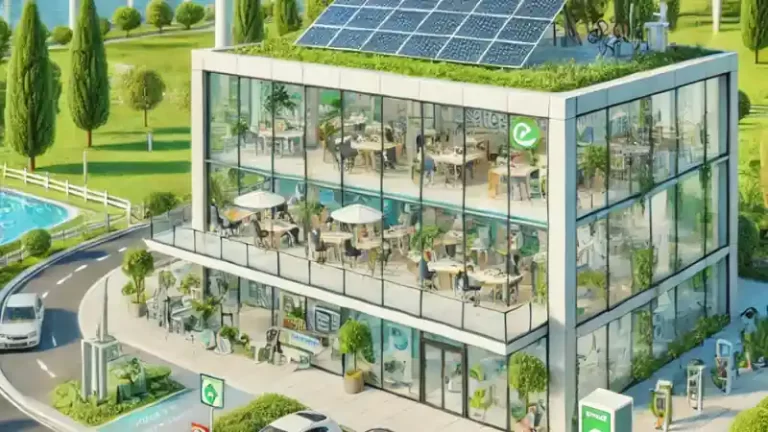Food Sustainability: 10 Practical Tips to Protect the Environment
Many of us are fortunate enough today to have access to a wide variety of food sources. Whilst this is a great benefit of modern times, our choices are often not focused on food sustainability.
To help you limit the environmental impact of your food choices, we’ve put together the below 10 key tips. Follow these and the sustainability of your food will improve greatly!
1. Eat more plant-based foods
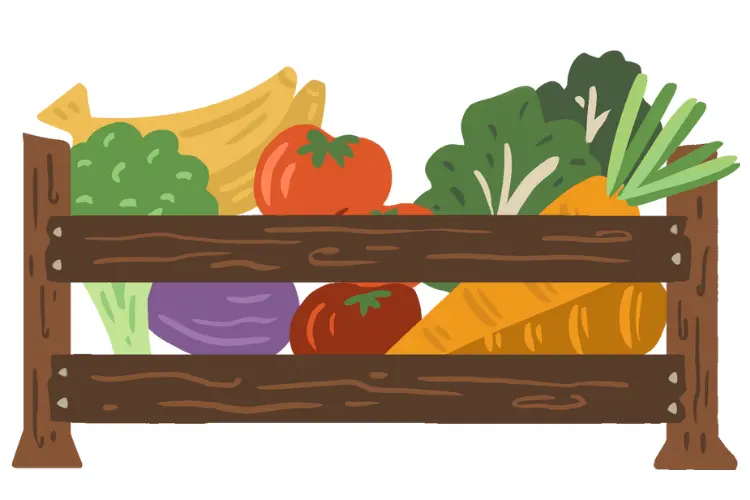
Add more fruits, vegetables and whole grains to improve the sustainability of your food.
This doesn’t mean stopping eating meat. However, plant-based foods generally have a lower environmental footprint compared to animal products. Favouring plant-based foods will therefore lessen your impact.
2. Choose sustainably sourced seafood

Choose seafood that is sustainably harvested to help protect marine ecosystems from over exploitation and ensure the long-term viability of fish stocks. Look out for certifications such as MSC (Marine Stewardship Council) to identify good sources.
By supporting sustainable seafood sourcing you’ll also be helping fish populations to maintain a greater resilience to the impact of climate change, which is causing a rise in ocean temperatures.
3. Reduce food waste
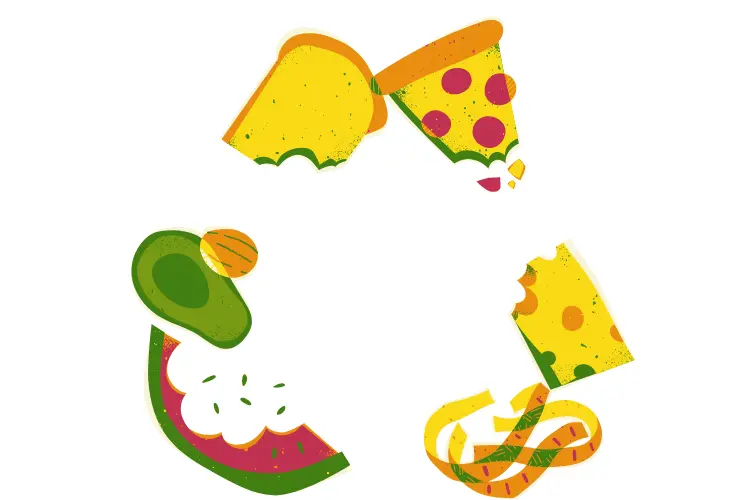
Food waste contributes to greenhouse gas emissions in landfills, generating methane emissions as it begins to breakdown. Wasted food also means wasted land used for growing and manufacturing, which could have otherwise been left to nature.
Planning your meals, storing food properly, and use leftovers creatively can all help to minimise waste. This in turn will improve your food sustainability. Its great for the bank balance as well!
4. Choose locally sourced foods if possible
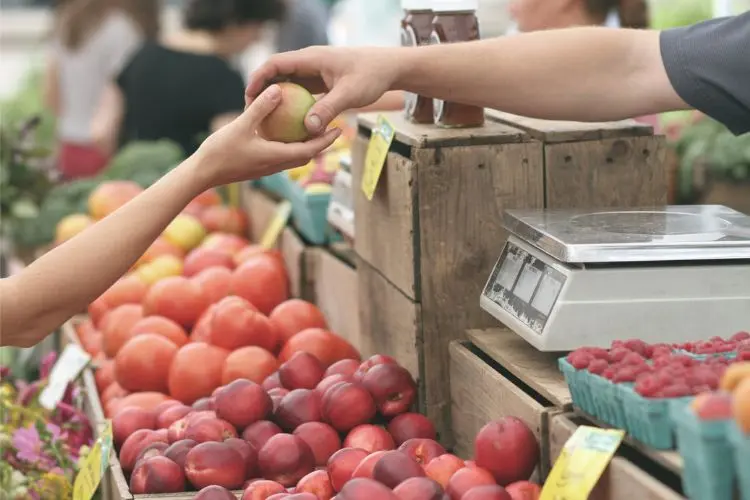
Support local farmers and produce where possible.
This can reduce the carbon footprint associated with transporting goods. There’s far less transport emissions from a local product that one shipped half way round the world!
5. Buy organic when feasible
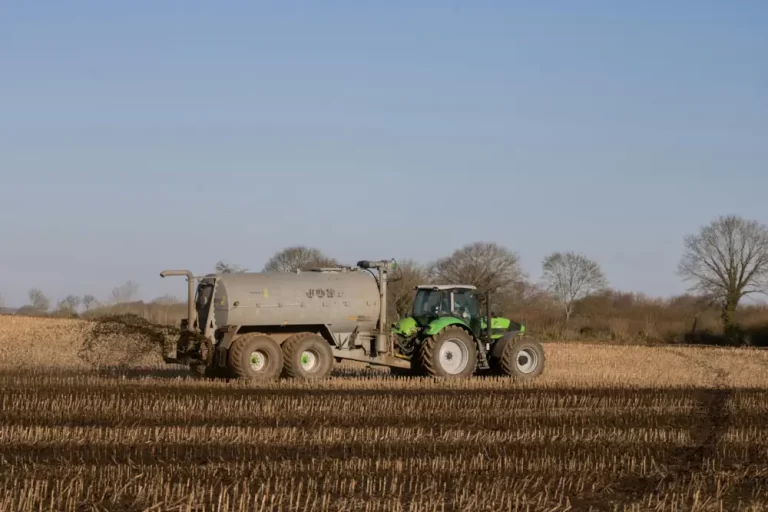
Organic farming practices generally have lower environmental impacts compared to conventional methods, as they avoid synthetic pesticides and fertilisers.
In the case of plant crops, organic growing also typically includes greater consideration and measures to support native insect populations. This in turn supports pest control and pollination of organic crops, making for a more natural balance.
6. Minimize packaging waste
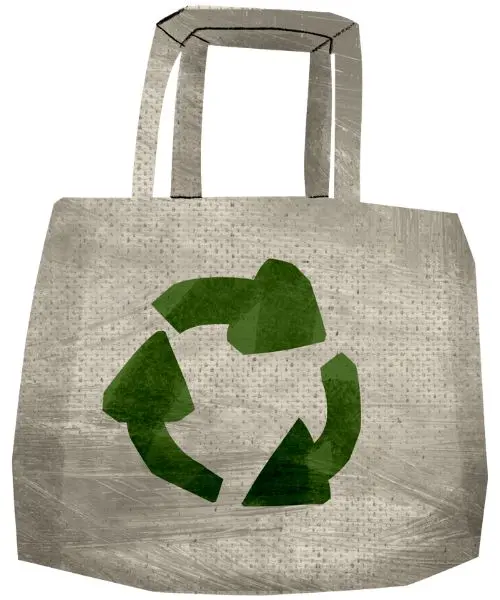
Look for products with minimal packaging, or packaging that is recyclable or compostable.
Minimising packaging waste helps to reduce the amount of harmful plastic pollution that escapes into the environment, as well as reduce carbon emissions resulting from packaging production.
Bulk buying can also reduce packaging waste, but make sure you’ve planned your use beforehand. Otherwise it could end up as more food waste!
7. Support sustainable agriculture
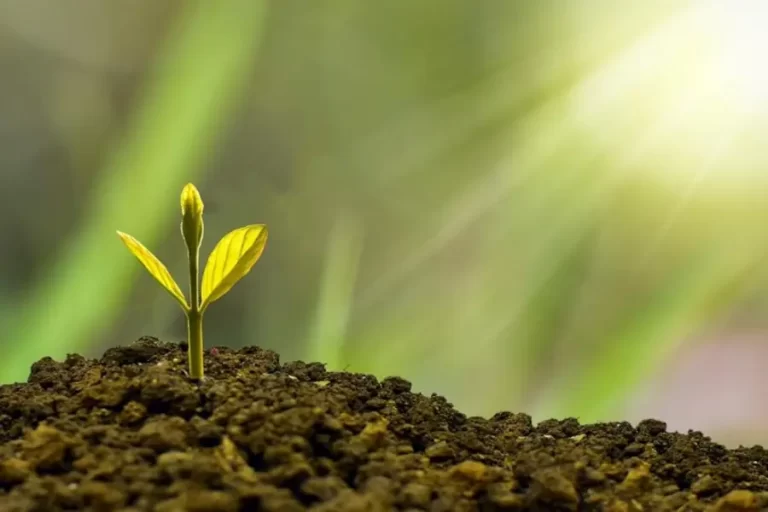
Sustainable agriculture aims to enable food production in a balanced manor, supplying food for the human population whilst also maintaining and ideally enhancing overall environmental quality.
Increasingly this extends not just to what you see above ground, but also to the quality of soils below.
Look for certifications like Fair Trade and Rainforest Alliance. Such certifications indicate food produced with sustainability in mind, targeting high quality environmental, social and economic practice.
8. Consider the water footprint

Be mindful of the water footprint for food you consume.
Water use is an issue that will grow as climate change takes effect, with parts of the world seeing reduced rainfall and glacial flows.
Certifications and product information on water use can be difficult to come by. As a general rule of thumb, certifications that indicate sustainability, such as Fair Trade, will incorporate water considerations into their standards.
Also remember that the more processed a food is, the more water that has likely been used to produce it.
9. Choose whole foods over processed foods
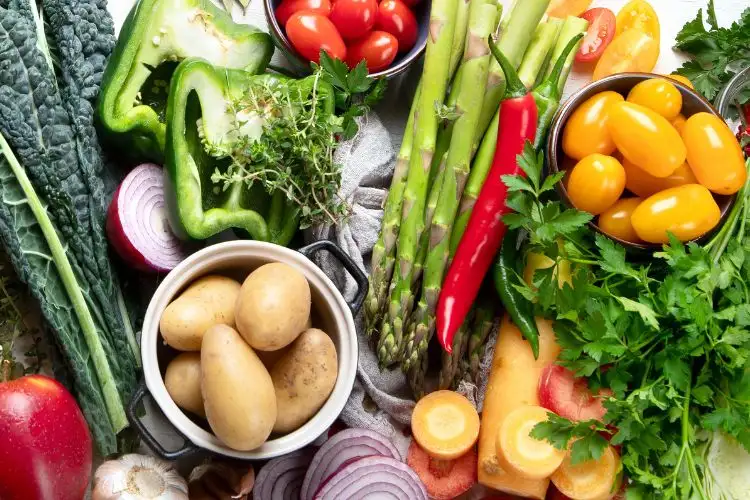
Aim to minimise the amount of processing needed for the food you consume.
The more a food is processed, the more energy and water use it is likely to have required. This in turn means the environmental impact it has is likely to be greater and the sustainability of that food lower.
10. Grow your own food
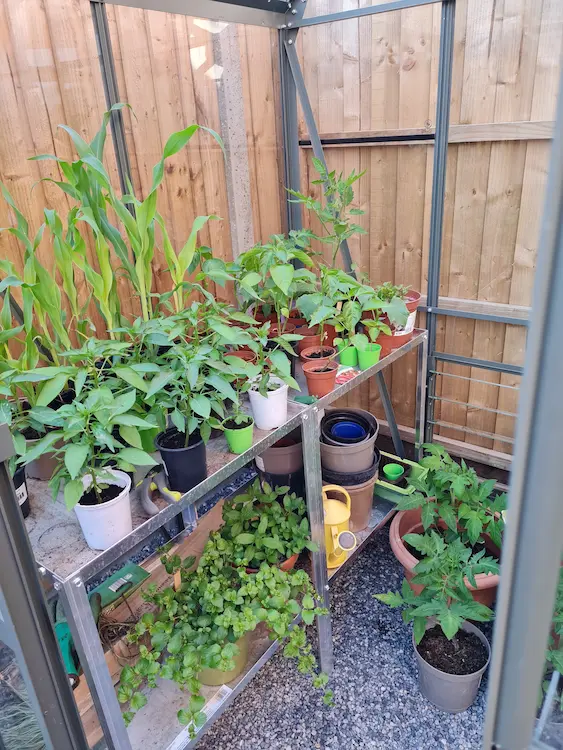
This is one that can be difficult. Not everyone has access to the space or resources to grow your own food, but if you can then growing some of your own fruits, vegetables, and herbs can be beneficial.
Doing so reduces the environmental impact of transportation and packaging. It also allows you to control the use of pesticides and fertilisers. Freshly picked fruit and veg also tastes great!
For more tips on the positive actions you can take in the garden, check out our Sustainable Gardening post here.

A Practical Future For Sustainable Food Choices
By incorporating these practices into your food choices, you can contribute to a more sustainable food system and reduce your environmental impact.
Making changes to your food choices can be challenging, so we recommend thinking practically. Adopt these recommendations where it makes sense and then look for opportunities to improve further over time.


